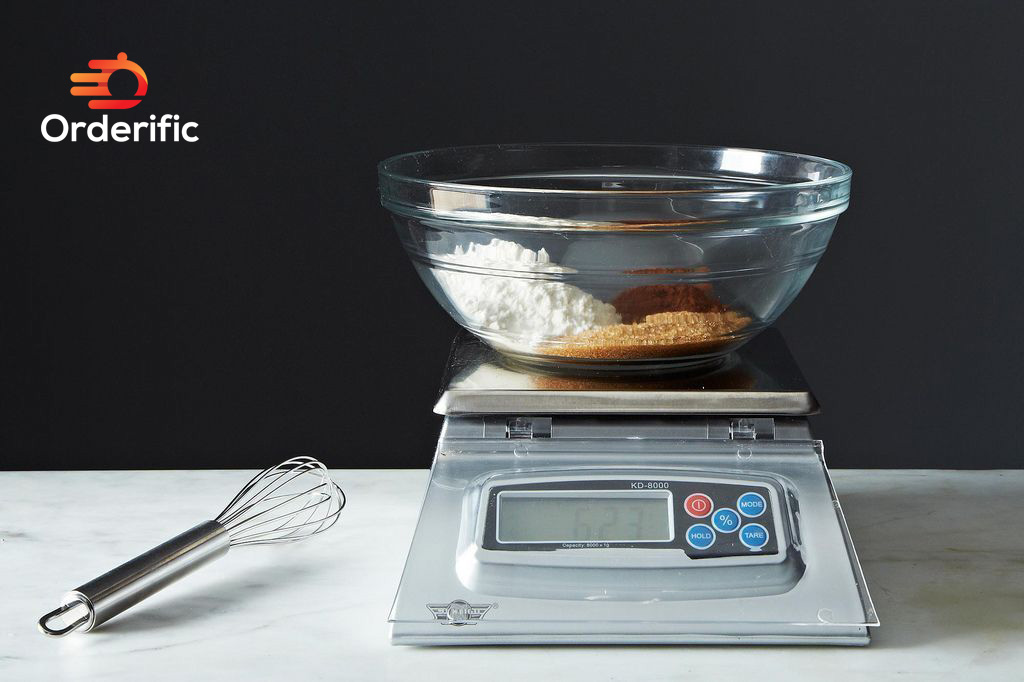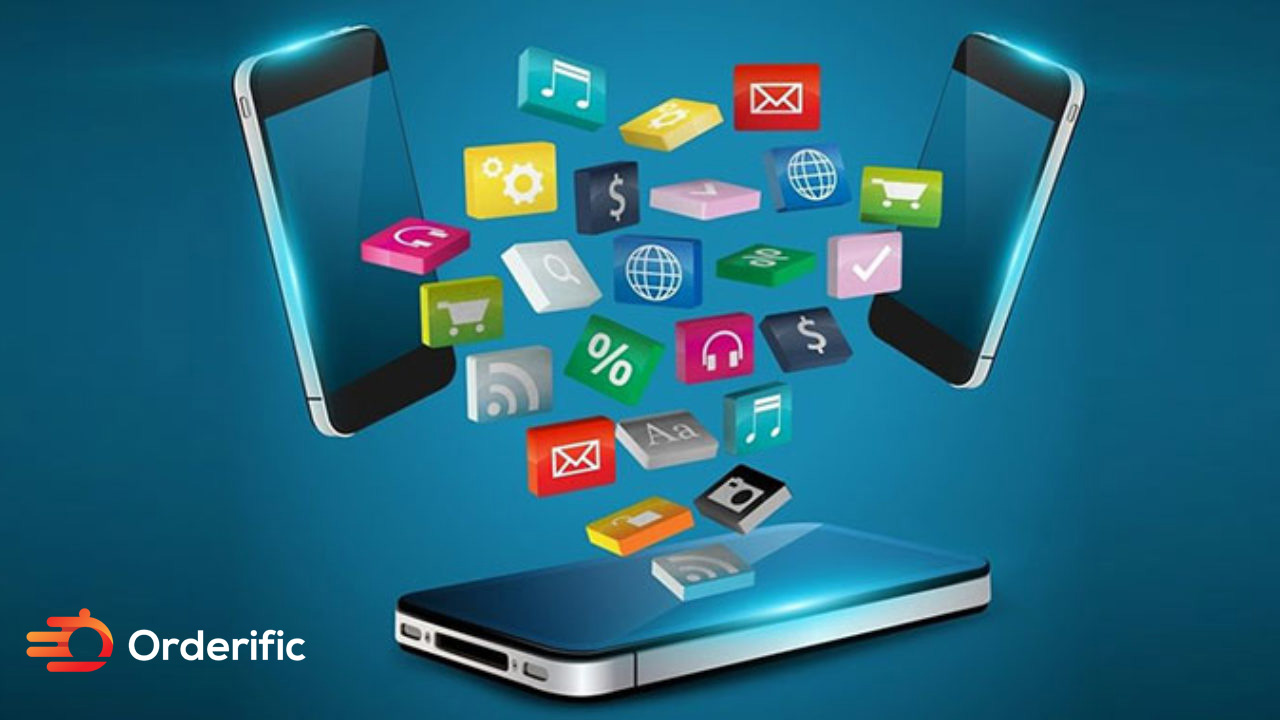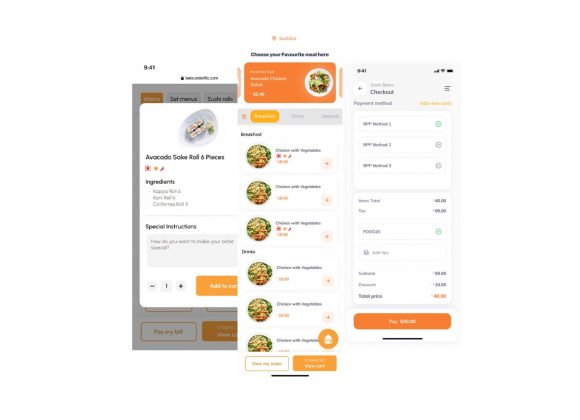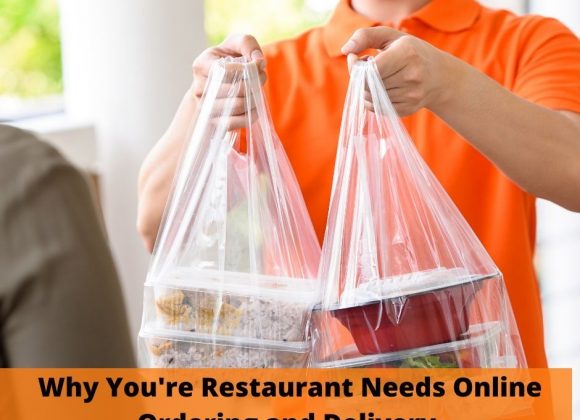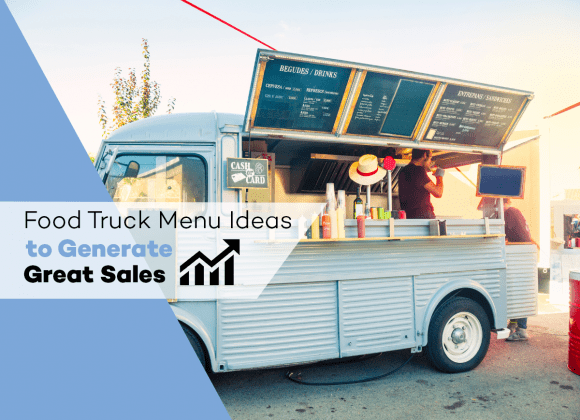
As you walk into your favorite restaurant, what’s the first thing you see? A chalkboard with the day’s specials written in a fancy font? No, nowadays, it’s more likely to be a digital menu display. You might wonder if this is just a trend or if digital menus are here to stay. So are digital menus a wave of the future or are they here already? Let’s talk about it.
Since the pandemic, restaurants have abandoned physical menus for the quick response (QR) code menu. Then it was an appealing idea for many restaurants who reopened following government-mandated Covid lockdowns. They removed condiments from the table for a digital QR code-based menu that eliminated high levels of contact! QR codes are little black-and-white squares that can be scanned with a smartphone to instantly pull up information about the restaurant menu. QR code menus is a technology that solves restaurant challenges like huge menu printing costs and staff shortages.
Some restaurant owners are early adopters and have taken on digital menus and enjoyed the unique flair it gives them. The company Square, which sells POS and digital services to restaurants, saw the use of its QR codes, especially in making orders, increase by 143% among its restaurant customers last year, and has increased even more this year. In this post, we’ll take a look at some of the pros and cons of using digital menus in restaurants. So, whether you’re a restaurant owner or just curious about the latest technology, read on!
Reservations about QR menu codes have threatened to discourage the full adoption of digital menus for restaurants!
According to a recent Technomic survey, approximately 88% of respondents preferred paper menus to digital QR codes. About 66% of respondents are against QR codes because they require them to pull out their phones as soon as they get to their tables. While about 55% agreed that QR codes were difficult to read and navigate.
Knowing that their customers despise them, some restaurants have reinstated physical menus. Many people have said they dislike the QR code and are partially justified. QR code 1.0 codes, which lead to static PDF menus, are irritating and contribute to negative reviews of digital menus for restaurants.
The benefits of digital menus for restaurants will change people’s perceptions over time.
To curb the rapid spread of COVID-19, the Centers for Disease Control and Prevention advised restaurants to adopt disposable or digital menus for restaurants. After the pandemic, QR code menus have become the norm when dining at restaurants. Whether a simple laminated stand on tables or mobilizing an entire contactless ordering system.
Digital menus for restaurants with QR codes provide greater flexibility. A restaurant employee could easily update the digital menu to reflect a sold-out dish or add a new menu item. Some integrated technology even allows you to analyze menu order data.
Digital menus for restaurants allow restaurant managers to add more visual graphics, implement coupon codes, and reduce costs and waste. Here’s a short excerpt with illustrations of how the perception of digital menus is and will keep changing into the future!
Case Studies
- Saddle River Inn
Chef Jamie Knott received some boneless Wagyu sirloins from his butcher on a recent night at his Saddle River Inn. “I was excited because it was a new product,” he says. Previously, he would have had to edit and reprint the specials menu off-site, “a time-consuming task” that would have cost him both time and money.
Instead, “it was on in 30 seconds” after switching to a digital menu that customers can read on their phones. The Wagyu took the place of another steak on the specials menu he was running low on. The digital update also avoided disappointing guests who might have wanted the suddenly unavailable item. Knott claims that switching to QR cost him only $500 because he only had to download an app. As a result, it will quickly pay for itself. “I don’t have to buy 500 or 1,000 dollar-a-piece pieces of paper,” he explains. “Plus, having the ability to produce no waste should be a no-brainer.”
According to Knott, when the QR codes were introduced at Saddle River Inn last September, some older customers were confused. He gladly provided paper menus and continues to do so upon request. However, after a few months, only one or two diners requested a paper menu. ( illustration sourced from https://njmonthly.com/articles/eat-drink/digital-menus/).
- Jockey Hollow Bar & Kitchen
When Chris Cannon opened Jockey Hollow Bar & Kitchen in Morristown in 2014, he put his menus on iPads. “People just freaked out,” he recalls, “saying, ‘Where’s my menu?’ and ‘This is ridiculous!'”. Cannon kept the iPads for the rotating wine lists but switched to paper for the food menu.
As his customers became accustomed, he reduced the number of paper menus he printed to about ten per day. “It’s easy for people at this point,” he says. “From now on, we’ll be paperless.” (illustration sourced from https://njmonthly.com/articles/eat-drink/digital-menus/).
These are just two examples of businesses swiftly adopting digital restaurant menus. Many more businesses have been embracing digital menus for restaurants because of the higher overall inconvenience they bring.
Digital menus for restaurants are here to stay and are indeed the future wave!
Though prompted by the Coronavirus pandemic and the need to improve hygiene, digital menus for restaurants are far from a fad! Experts in the restaurant industry believe digital menus for restaurants will be around long after the health crisis has passed. Here’s an example of an incredible statistic:
Bitly, a link management service, reported that QR code downloads have increased by 750% in the last 18 months! What makes this possible? They can adjust their menu offerings on the fly to account for inflation, food and commodity price fluctuations, and other factors. According to a 2021 report by Square’s Future of Restaurants, approximately 88% of restaurants said they would consider replacing physical menus with digital ones. Also, the same survey showed that about 47% of owners or managers who already offer digital menus for restaurants via a URL or online platform are “very likely” to switch to an “all digital” menu.
Benefits of Digital Menus
Here are four key reasons why digital menus for restaurants will continue to benefit restaurants, bars, coffee lounges, and hotels long into the future:
Digital menus for restaurants provide new opportunities for innovation.
With this revolutionary cloud-based technology, adding new items to menus and tracking their performance is easier than ever. Previously, as part of its bi-annual menu refresh, Twin Peaks would introduce several new food and beverage menu items all at once. The brand can now introduce new items more frequently thanks to its digital menu. Twin Peaks’ cutting-edge strategy allows the culinary team to quickly explore, test, and launch new items, providing guests with even more craveable and seasonal menu options.
Consumer insights are available with the click of a button.
Rather than scanning a QR code to a static PDF on your phone, technology has transformed digital menus for restaurants by providing partners with in-depth consumer insight and upselling opportunities. While restaurants save money on print costs, digital menus for restaurants provide them with real-time updates, displaying what guests are ordering. Brands can increase sales by rotating featured items on their menus based on popularity and time-of-day trends.
During their shifts, employees can be more productive.
In response to the hospitality industry’s existing labor shortages, on-premise retail partners have increased efficiencies and expanded staff capabilities by updating digital restaurant menus with images and videos of their offerings. Outlets such as Twin Peaks, Buffalo Wild Wings, and Hooters discover that they can do more with less. They can do this by embracing restaurant trends that emerged throughout the pandemic, such as QR-code prompted digital menus for restaurants and automated inventory ordering systems. With increased efficiencies, existing staff can interact with guests to assist in upselling items, reducing wait times, and increasing revenue per ticket. It also reduces some pressure to hire more employees.
Interactive menus drive targeted sales.
Restaurants that use advanced digital menu technology instead of traditional printed menus can feature new items through targeted videos or pop-ups in social media channels and drive sales. For example, Hooters of America used BeerBoard SmartMenu’s video capabilities to run a video lead-in from a major brewer. The brewer, the leading brand in its category, increased volume sales by 82% and share by more than 60%, all at full margin. Over the previous six weeks, Hooters increased draft growth by 8%.
Conclusion

Restaurants have recognized that showing their guests they are concerned first and foremost about their health and safety will be critical to getting customer attention and retaining high customer engagement. Regardless of whether you like or dislike digital menus for restaurants for restaurants, the ability to scan the QR code and use your smartphone to access this menu is a convenience for both customers and restaurant owners. With digital menus for restaurants, restaurants offer clients many other benefits and a better client experience. These fantastic menu designs are the wave of the future and, indeed, are here to stay!
Visit Orderific website to get started!
FAQs
Why is the digital menu important?
Digital menus are important for restaurants as they offer dynamic updates, easy customization, and interactive features that enhance the customer experience.
Do digital menu boards increase sales?
Digital menu boards have the potential to increase sales by promoting high-margin items, enabling real-time updates, and capturing customer attention with eye-catching visuals.
What are the disadvantages of digital menu boards?
Disadvantages of digital menu boards can include high initial costs, technical issues, and potential distraction for customers in some settings.
What is digital menus?
Digital menus refer to electronic displays used in restaurants and other establishments to present menu items, pricing, and promotions in a digital format, often on screens or devices.


